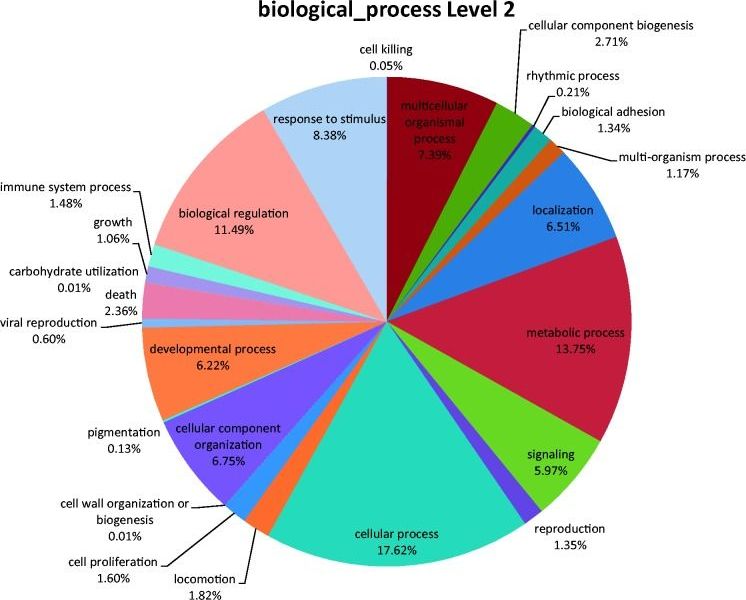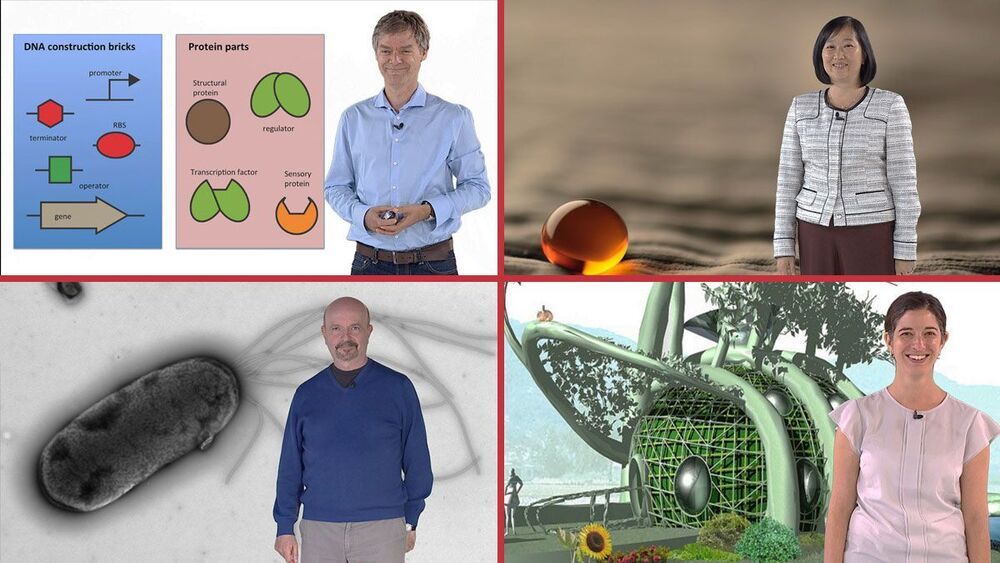How many rocket engines does it take to build a city on Mars?
SpaceX CEO Elon Musk wants to build a Mars city. Here’s how many engines his Starship will need to get there.
How many rocket engines does it take to build a city on Mars?
SpaceX CEO Elon Musk wants to build a Mars city. Here’s how many engines his Starship will need to get there.


Scientists from the Division of Physics at the University of Tsukuba used the quantum effect called ‘spin-locking’ to significantly enhance the resolution when performing radio-frequency imaging of nitrogen-vacancy defects in diamond. This work may lead to faster and more accurate material analysis, as well as a path towards practical quantum computers.
Nitrogen-vacancy (NV) centers have long been studied for their potential use in quantum computers. A NV center is a type of defect in the lattice of a diamond, in which two adjacent carbon atoms have been replaced with a nitrogen atom and a void. This leaves an unpaired electron, which can be detected using radio-frequency waves, because its probability of emitting a photon depends on its spin state. However, the spatial resolution of radio wave detection using conventional radio-frequency techniques has remained less than optimal.
Now, researchers at the University of Tsukuba have pushed the resolution to its limit by employing a technique called ‘spin-locking’. Microwave pulses are used to put the electron’s spin in a quantum superposition of up and down simultaneously. Then, a driving electromagnetic field causes the direction of the spin to precess around, like a wobbling top. The end result is an electron spin that is shielded from random noise but strongly coupled to the detection equipment. “Spin-locking ensures high accuracy and sensitivity of the electromagnetic field imaging,” first author Professor Shintaro Nomura explains. Due to the high density of NV centers in the diamond samples used, the collective signal they produced could be easily picked up with this method. This permitted the sensing of collections of NV centers at the micrometer scale.


Austrian shoe company Tec-Innovation has partnered with students at the Graz University of Technology in Austria to implement camera-based AI image recognition into their line of shoes that are specifically made to help those who are visually impaired.
The original version of these “seeing eye” shoes features ultrasonic sensors, which warn the person wearing them of obstacles in their way through haptic or auditory signals. AI image recognition that constantly learns, allows the shoes to provide more specific information to the wearer.

Recently, we found dramatic mitochondrial DNA divergence of Israeli Chamaeleo chamaeleon populations into two geographically distinct groups. We aimed to examine whether the same pattern of divergence could be found in nuclear genes. However, no genomic resource is available for any chameleon species. Here we present the first chameleon transcriptome, obtained using deep sequencing (SOLiD). Our analysis identified 164000 sequence contigs of which 19000 yielded unique BlastX hits. To test the efficacy of our sequencing effort, we examined whether the chameleon and other available reptilian transcriptomes harbored complete sets of genes comprising known biochemical pathways, focusing on the nDNA-encoded oxidative phosphorylation (OXPHOS) genes as a model. As a reference for the screen, we used the human 86 (including isoforms) known structural nDNA-encoded OXPHOS subunits. Analysis of 34 publicly available vertebrate transcriptomes revealed orthologs for most human OXPHOS genes. However, OXPHOS subunit COX8 (Cytochrome C oxidase subunit 8), including all its known isoforms, was consistently absent in transcriptomes of iguanian lizards, implying loss of this subunit during the radiation of this suborder. The lack of COX8 in the suborder Iguania is intriguing, since it is important for cellular respiration and ATP production. Our sequencing effort added a new resource for comparative genomic studies, and shed new light on the evolutionary dynamics of the OXPHOS system.
Keywords: chameleon, oxidative phosphorylation, transcriptome.
Massive parallel sequencing (MPS) enables identifying the entire set of transcribed genes (transcriptome) of understudied organisms, thus providing novel genomic resources. However, because there is no genomic reference to those organisms, the short reads generated by MPS must be de novo assembled in order to form sequence contigs, which in turn could be annotated (Kusumi et al. 2011), thus creating reference sequences for further analyses.

❤️ Check out the Gradient Dissent podcast by Weights & Biases: http://wandb.me/gd.
📝 The paper “Endless Loops: Detecting and Animating Periodic Patterns in Still Images” and the app are available here:
https://pub.res.lightricks.com/endless-loops/
🙏 We would like to thank our generous Patreon supporters who make Two Minute Papers possible:
Aleksandr Mashrabov, Alex Haro, Andrew Melnychuk, Angelos Evripiotis, Benji Rabhan, Bryan Learn, Christian Ahlin, Eric Haddad, Eric Martel, Gordon Child, Ivo Galic, Jace O’Brien, Javier Bustamante, John Le, Jonas, Kenneth Davis, Klaus Busse, Lorin Atzberger, Lukas Biewald, Matthew Allen Fisher, Mark Oates, Michael Albrecht, Nikhil Velpanur, Owen Campbell-Moore, Owen Skarpness, Ramsey Elbasheer, Steef, Taras Bobrovytsky, Thomas Krcmar, Torsten Reil, Tybie Fitzhugh, Ueli Gallizzi.
If you wish to appear here or pick up other perks, click here: https://www.patreon.com/TwoMinutePapers.
Meet and discuss your ideas with other Fellow Scholars on the Two Minute Papers Discord: https://discordapp.com/invite/hbcTJu2
Károly Zsolnai-Fehér’s links:
Instagram: https://www.instagram.com/twominutepapers/
Twitter: https://twitter.com/twominutepapers.
Web: https://cg.tuwien.ac.at/~zsolnai/

Here is a snapshot of our talks on synthetic biology. These videos will provide you with a basic understanding and appreciation for this field. These lectures start with an introduction to synthetic biology and go through the major discoveries and ethical controversies that arise from this field. You can check out the full Synthetic Biology Playlist here!
